Home>Gardening & Outdoor>Landscaping Ideas>What Is A Good Fertilizer For Grass
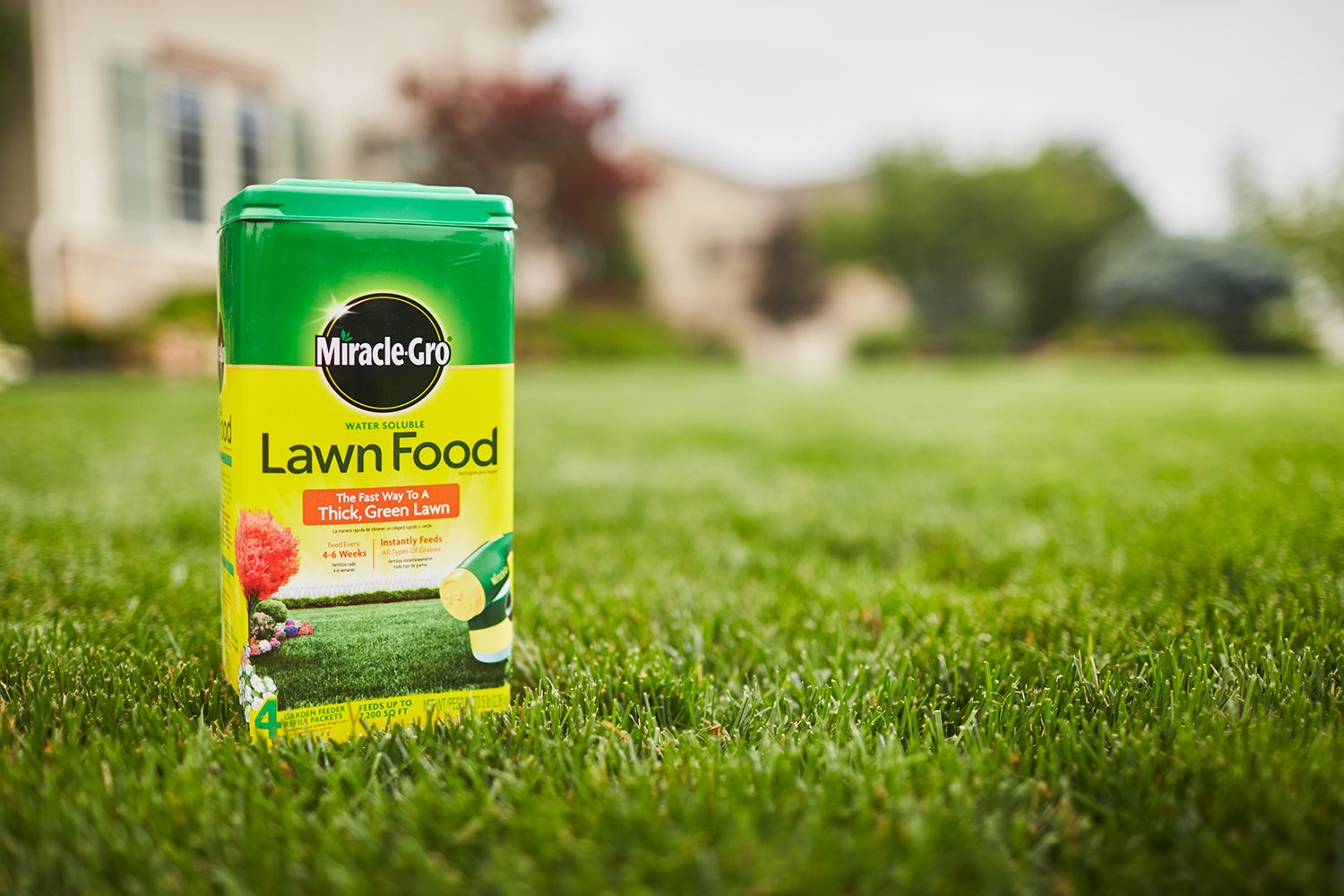

Landscaping Ideas
What Is A Good Fertilizer For Grass
Modified: March 25, 2024
Discover the best fertilizer for grass and enhance your landscaping ideas with our expert recommendations. Keep your lawn healthy and vibrant with the right fertilizer.
(Many of the links in this article redirect to a specific reviewed product. Your purchase of these products through affiliate links helps to generate commission for Storables.com, at no extra cost. Learn more)
Understanding the Importance of Fertilization for a Lush Green Lawn
Maintaining a vibrant and healthy lawn requires more than just regular watering and mowing. Fertilizing your grass is a crucial aspect of lawn care that directly impacts its overall health and appearance. By providing essential nutrients to the soil, fertilizers play a pivotal role in promoting robust growth, improving resilience against environmental stressors, and enhancing the lush green color of the grass.
Fertilization is a process that involves supplementing the soil with vital nutrients, such as nitrogen, phosphorus, and potassium, which are essential for the healthy growth of grass. These nutrients contribute to various aspects of grass health, including root development, disease resistance, and overall vitality. Without adequate fertilization, the soil may become depleted of essential nutrients, leading to lackluster, thin, and pale-looking grass.
Furthermore, proper fertilization not only enhances the visual appeal of your lawn but also strengthens its ability to withstand external pressures, such as foot traffic, extreme weather conditions, and pest infestations. A well-fertilized lawn is better equipped to recover from damage and maintain its lushness throughout the changing seasons.
In this comprehensive guide, we will delve into the world of grass fertilization, exploring the different types of fertilizers available, essential factors to consider when choosing the right fertilizer, and specific recommendations for various grass types. Whether you are a seasoned lawn care enthusiast or a novice homeowner looking to elevate your lawn maintenance routine, this article will equip you with the knowledge and insights needed to achieve a vibrant and resilient grassy landscape. Let's embark on this journey to uncover the secrets of nurturing a thriving and verdant lawn through the power of effective fertilization.
Key Takeaways:
- Fertilizing your lawn with the right nutrients promotes lush, resilient grass that can withstand foot traffic, weather changes, and pests, creating a vibrant outdoor space for enjoyment.
- Understanding your grass type, soil composition, and environmental factors helps you choose the best fertilizer for a healthy, green lawn, ensuring optimal growth and visual appeal.
Read more: What Is A Good Fertilizer For Bermuda Grass
Unveiling the Science Behind Grass Fertilization
Fertilization is a fundamental practice in maintaining healthy and attractive grass. Understanding the intricate process of grass fertilization is essential for achieving optimal results in lawn care. At its core, grass fertilization involves providing the soil with essential nutrients that may be lacking, thereby fortifying the grass and enabling it to thrive in its environment.
The primary nutrients required for healthy grass growth are nitrogen, phosphorus, and potassium. Nitrogen is crucial for promoting lush, green foliage and robust overall growth. Phosphorus contributes to root development and aids in the transfer of energy within the plant. Potassium enhances the grass’s resilience to stressors such as drought, disease, and harsh weather conditions.
When selecting a fertilizer, it is important to consider the specific needs of the grass species in your lawn. Different types of grass have varying requirements for nutrients and growth conditions. For instance, cool-season grasses, such as Kentucky bluegrass and fescue, thrive in cooler climates and benefit from fertilization in the early fall and late spring. In contrast, warm-season grasses, including Bermuda grass and Zoysia grass, exhibit peak growth during the summer and require fertilization in late spring and early summer.
Moreover, understanding the concept of slow-release versus quick-release fertilizers is pivotal in achieving sustained and balanced nutrient uptake by the grass. Slow-release fertilizers gradually release nutrients over an extended period, promoting steady growth and reducing the risk of nutrient leaching. On the other hand, quick-release fertilizers provide an immediate nutrient boost, making them suitable for addressing specific deficiencies or promoting rapid greening.
By comprehending the intricate interplay of nutrients, grass types, and seasonal variations, you can tailor your fertilization approach to meet the unique needs of your lawn. This knowledge empowers you to make informed decisions when selecting the most suitable fertilizer and devising a fertilization schedule that aligns with the specific requirements of your grass species. As we delve deeper into the world of grass fertilization, we will explore the diverse types of fertilizers available and provide insights into choosing the right fertilizer for your lawn’s individual needs.
Exploring the Diverse Array of Fertilizers for Nurturing Lush Green Grass
When it comes to fertilizing your lawn, the market offers a wide range of fertilizers tailored to meet the unique needs of different grass species and environmental conditions. Understanding the various types of fertilizers and their specific attributes is essential for making informed decisions that will contribute to the overall health and vibrancy of your lawn.
1. Granular Fertilizers: Granular fertilizers are a popular choice for homeowners due to their ease of application and longevity. These solid, pellet-like fertilizers are typically spread using a broadcast or drop spreader, allowing for even distribution across the lawn. Granular fertilizers come in both quick-release and slow-release formulations, catering to different lawn care needs.
2. Liquid Fertilizers: Liquid fertilizers are prized for their rapid nutrient absorption and effectiveness in addressing immediate nutrient deficiencies. They are applied using a sprayer, enabling precise targeting of specific areas. Liquid fertilizers are ideal for providing a quick boost of nutrients to the grass, especially during periods of rapid growth or recovery from stress.
3. Organic Fertilizers: Organic fertilizers, derived from natural sources such as compost, manure, and plant-based materials, offer a sustainable and environmentally friendly approach to lawn fertilization. These fertilizers release nutrients gradually, enriching the soil and promoting long-term soil health. Organic fertilizers are renowned for improving soil structure and fostering beneficial microbial activity.
4. Synthetic Fertilizers: Synthetic or chemical fertilizers are formulated to deliver specific nutrient ratios tailored to the needs of different grass species. They are designed to provide a targeted nutrient boost and are available in various formulations to address specific deficiencies or promote balanced growth. However, careful application and adherence to dosage recommendations are crucial when using synthetic fertilizers to prevent over-fertilization and potential environmental impact.
5. Seasonal Fertilizers: Some fertilizers are specially formulated to align with the seasonal requirements of grass. For example, spring fertilizers are designed to kickstart growth and promote vibrant greenery after the dormant winter period, while fall fertilizers focus on root development and nutrient storage to prepare the grass for the upcoming winter months.
By familiarizing yourself with the diverse array of fertilizers available, you can make informed choices based on your lawn’s specific needs, seasonal requirements, and environmental considerations. Each type of fertilizer offers unique benefits and application methods, allowing you to tailor your approach to grass fertilization for optimal results.
Essential Considerations for Selecting the Ideal Fertilizer for Your Lawn
Choosing the right fertilizer for your lawn involves a thoughtful assessment of various factors that influence the overall health and appearance of your grass. By considering these crucial elements, you can make informed decisions that align with the specific needs of your lawn, fostering robust growth and vibrant greenery.
1. Grass Type: Understanding the type of grass in your lawn is paramount in selecting the appropriate fertilizer. Different grass species have distinct nutrient requirements and growth patterns. Whether you have cool-season grasses like Kentucky bluegrass and fescue or warm-season varieties such as Bermuda grass and Zoysia grass, tailoring the fertilizer to the specific needs of your grass type is essential for optimal results.
2. Soil Composition: Assessing the composition of your soil, including its pH level and nutrient content, is crucial for determining the most suitable fertilizer. Conducting a soil test can provide valuable insights into any deficiencies or imbalances that need to be addressed. For instance, acidic soils may require lime application to adjust the pH before fertilization, ensuring that the grass can effectively absorb essential nutrients.
3. Nutrient Ratio: Fertilizers are labeled with three numbers representing the nitrogen, phosphorus, and potassium (N-P-K) ratios. Understanding the nutrient requirements of your grass and selecting a fertilizer with the appropriate N-P-K ratio is vital for promoting balanced growth and addressing specific needs, such as root development, foliage lushness, or stress resistance.
4. Environmental Factors: Consider environmental variables such as climate, temperature, and sunlight exposure when choosing a fertilizer. Certain fertilizers are formulated to thrive in specific environmental conditions, making it essential to select a product that aligns with the prevailing climate and seasonal variations in your region.
5. Application Method: Assess the practicality and convenience of the fertilizer application method. Granular fertilizers are often spread using a broadcast or drop spreader, while liquid fertilizers require a sprayer for precise application. Consider the size of your lawn, the accessibility of application equipment, and your preferred application approach when selecting a fertilizer type.
6. Longevity and Release Rate: Evaluate the longevity and release rate of the fertilizer to ensure that it aligns with your lawn care schedule and maintenance preferences. Slow-release fertilizers provide a steady nutrient supply over an extended period, reducing the frequency of application and promoting sustained growth, while quick-release fertilizers offer rapid nutrient uptake for immediate results.
By considering these essential factors when choosing a fertilizer, you can tailor your lawn care approach to meet the specific needs of your grass, soil, and environmental conditions. This thoughtful selection process sets the stage for nurturing a healthy and vibrant lawn that thrives throughout the changing seasons.
Look for a fertilizer with a balanced ratio of nitrogen, phosphorus, and potassium, such as 20-5-10. This will help promote healthy grass growth without overloading it with any one nutrient.
Optimal Fertilizers for Nurturing Diverse Grass Species
Each type of grass has unique nutrient requirements and growth characteristics, necessitating the selection of specific fertilizers tailored to meet its individual needs. By identifying the recommended fertilizers for different grass types, you can optimize the health and vibrancy of your lawn, promoting lush greenery and resilience against environmental stressors.
1. Cool-Season Grasses:
– *Kentucky Bluegrass*: For Kentucky bluegrass, a fertilizer with a balanced N-P-K ratio, such as 24-4-12, is recommended. This ratio supports the development of a dense and vibrant lawn, promoting both root growth and leafy foliage.
– *Fescue*: Fescue grass benefits from a fertilizer with a slightly higher nitrogen content, such as a 12-8-16 ratio, to encourage strong root development and lush, resilient blades.
2. Warm-Season Grasses:
– *Bermuda Grass*: Bermuda grass thrives with a fertilizer featuring a higher nitrogen concentration, such as a 15-5-10 ratio, to support its vigorous growth and rapid spreading nature.
– *Zoysia Grass*: Zoysia grass responds well to a balanced fertilizer, such as an 8-4-8 ratio, which promotes steady growth and resilience to environmental stressors.
3. Transition Zone Grasses:
– *Tall Fescue*: Tall fescue in transition zone regions benefits from a fertilizer with a 24-4-12 ratio, providing the necessary nutrients for robust growth and adaptability to varying climate conditions.
4. Shade-Tolerant Grasses:
– *Fine Fescue*: Fine fescue grass, known for its shade tolerance, thrives with a fertilizer featuring a balanced N-P-K ratio, such as 15-0-15, to support its growth in shaded areas while maintaining vibrant greenery.
When selecting fertilizers for specific grass types, it is essential to consider the unique growth patterns, environmental adaptability, and nutrient requirements of each species. By tailoring the fertilizer to the individual needs of your grass, you can foster optimal growth, resilience, and visual appeal, ensuring that your lawn flourishes throughout the seasons.
Read more: What Is Sweet Grass Good For
Efficient Application and Maintenance Strategies for Fertilizing Your Lawn
Successfully applying and maintaining fertilization practices is pivotal in nurturing a healthy and vibrant lawn. By implementing effective application techniques and adhering to essential maintenance tips, you can optimize the impact of fertilizers, ensuring robust growth and lush greenery throughout your lawn.
1. Timing and Frequency: Understanding the optimal timing for fertilization is crucial. For cool-season grasses, early fall and late spring are ideal for fertilization, while warm-season grasses benefit from fertilization in late spring and early summer. Avoid fertilizing during periods of extreme heat or drought to prevent stress on the grass.
2. Even Distribution: When applying granular fertilizers, utilize a broadcast or drop spreader to ensure even distribution across the lawn. This promotes consistent nutrient uptake and prevents over-fertilization in concentrated areas.
3. Proper Watering: After fertilization, water the lawn to facilitate nutrient absorption and prevent burning of the grass. Watering also aids in dissolving granular fertilizers and activates the nutrients for uptake by the grass roots.
4. Mowing Practices: Adjust your mowing schedule to complement fertilization efforts. Mow the lawn before applying fertilizer to allow for better nutrient penetration and uptake by the grass. After fertilization, avoid mowing for a few days to allow the grass to absorb the nutrients effectively.
5. Soil Aeration: Periodic soil aeration enhances the effectiveness of fertilization by improving nutrient penetration and promoting root development. Aeration reduces soil compaction, allowing for better absorption of nutrients and water by the grass roots.
6. Routine Maintenance: Regularly monitor the condition of your lawn, addressing any signs of nutrient deficiencies, over-fertilization, or weed growth. Adjust your fertilization schedule and product selection based on the specific needs of your lawn throughout the changing seasons.
7. Environmental Considerations: Be mindful of environmental factors such as rainfall, temperature, and sunlight exposure when planning your fertilization schedule. Adjust your application timing and frequency based on the prevailing environmental conditions to optimize the impact of fertilizers.
By implementing these application and maintenance strategies, you can elevate the effectiveness of your fertilization efforts, ensuring that your lawn receives the essential nutrients it needs to thrive. Consistent and well-executed fertilization practices contribute to the overall health, resilience, and visual appeal of your grassy landscape, fostering a lush and inviting outdoor environment for you to enjoy.
Embracing the Art and Science of Grass Fertilization for a Lush and Resilient Lawn
As we conclude our exploration of grass fertilization, it becomes evident that nurturing a healthy and vibrant lawn is a multifaceted endeavor that blends artistry with scientific precision. The careful selection of fertilizers, tailored application techniques, and diligent maintenance practices collectively contribute to the overall health, resilience, and visual allure of your grassy landscape.
By understanding the specific nutrient requirements of different grass types, considering soil composition, and factoring in environmental variables, you can orchestrate a fertilization strategy that harmonizes with the unique needs of your lawn. Whether you are tending to cool-season grasses that thrive in the brisk air of spring or nurturing warm-season varieties that bask in the summer sun, the art of fertilization lies in customizing your approach to meet the distinct demands of each grass species.
Moreover, the science of grass fertilization encompasses the intricate interplay of nutrients, release rates, and environmental dynamics, all of which influence the effectiveness of fertilization practices. By embracing the principles of even distribution, proper watering, and routine maintenance, you can elevate the impact of fertilizers, fostering robust growth, vibrant greenery, and resilience against external stressors.
As you embark on your journey to cultivate a thriving lawn, remember that the art and science of grass fertilization are not static concepts but rather a dynamic and evolving landscape. By remaining attentive to the evolving needs of your lawn, adapting your fertilization strategies to align with seasonal variations, and infusing your approach with creativity and care, you can nurture a landscape that exudes vitality and natural beauty.
Ultimately, the artistry of grass fertilization lies in the personal connection you forge with your lawn, the attentive care you invest in its well-being, and the joy you derive from witnessing its transformation into a verdant oasis. Through the seamless integration of art and science, you can cultivate a lush and resilient lawn that serves as a testament to the harmonious coexistence of nature and human stewardship.
As you embark on your journey to cultivate a thriving lawn, remember that the art and science of grass fertilization are not static concepts but rather a dynamic and evolving landscape. By remaining attentive to the evolving needs of your lawn, adapting your fertilization strategies to align with seasonal variations, and infusing your approach with creativity and care, you can nurture a landscape that exudes vitality and natural beauty.
Ultimately, the artistry of grass fertilization lies in the personal connection you forge with your lawn, the attentive care you invest in its well-being, and the joy you derive from witnessing its transformation into a verdant oasis. Through the seamless integration of art and science, you can cultivate a lush and resilient lawn that serves as a testament to the harmonious coexistence of nature and human stewardship.
Frequently Asked Questions about What Is A Good Fertilizer For Grass
Was this page helpful?
At Storables.com, we guarantee accurate and reliable information. Our content, validated by Expert Board Contributors, is crafted following stringent Editorial Policies. We're committed to providing you with well-researched, expert-backed insights for all your informational needs.

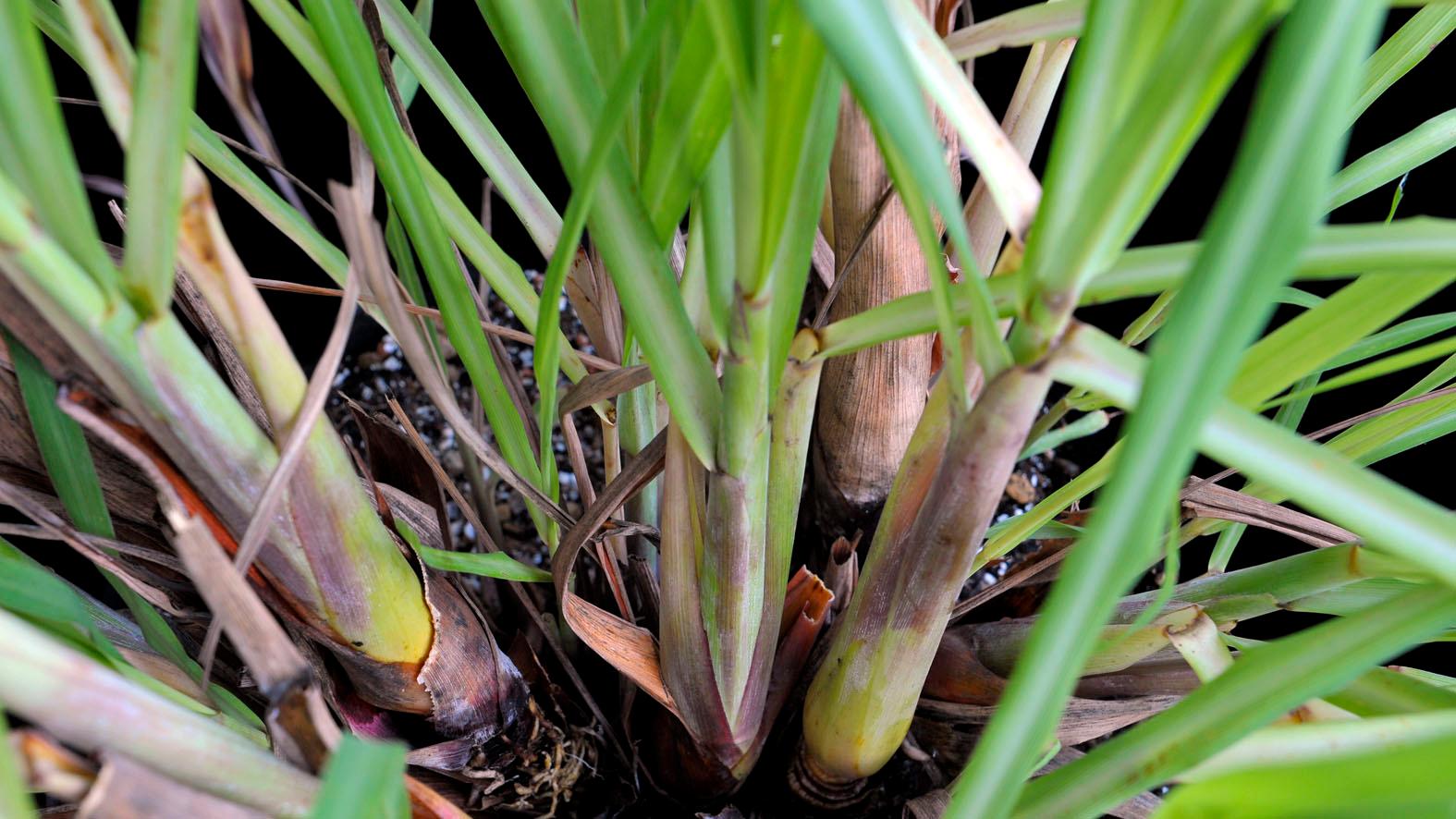

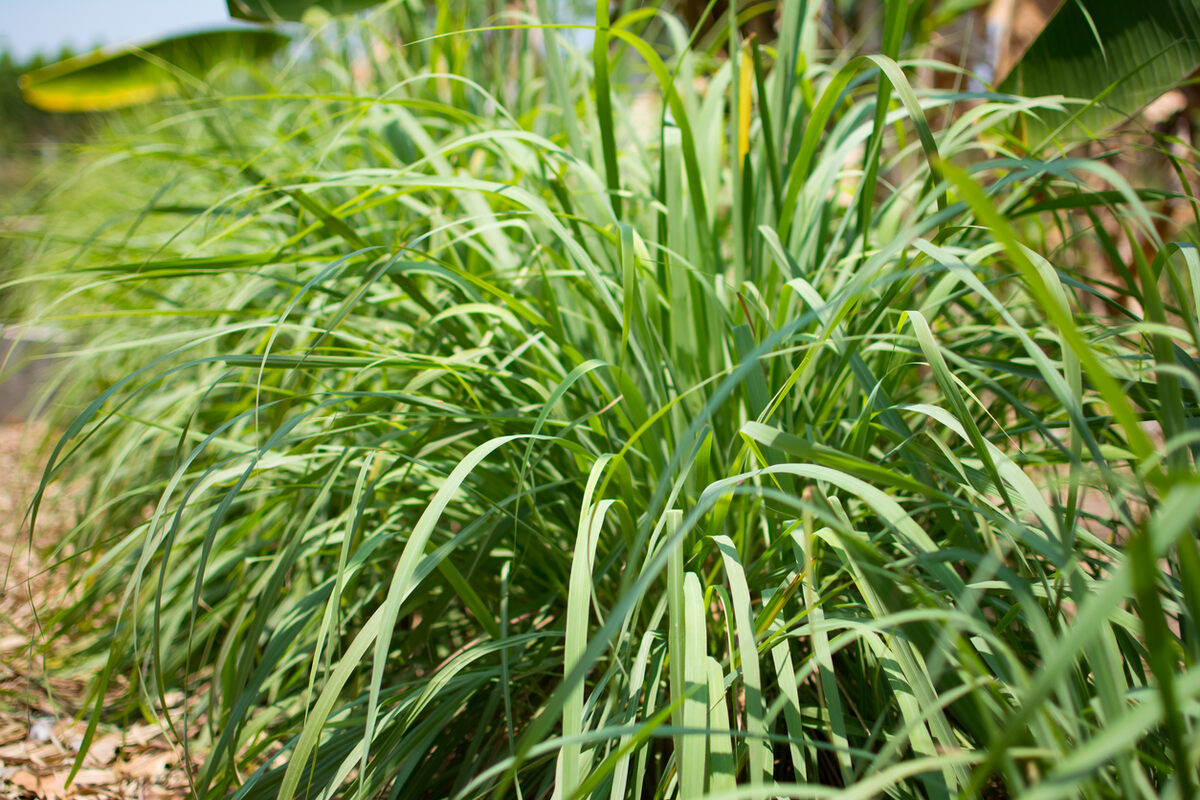

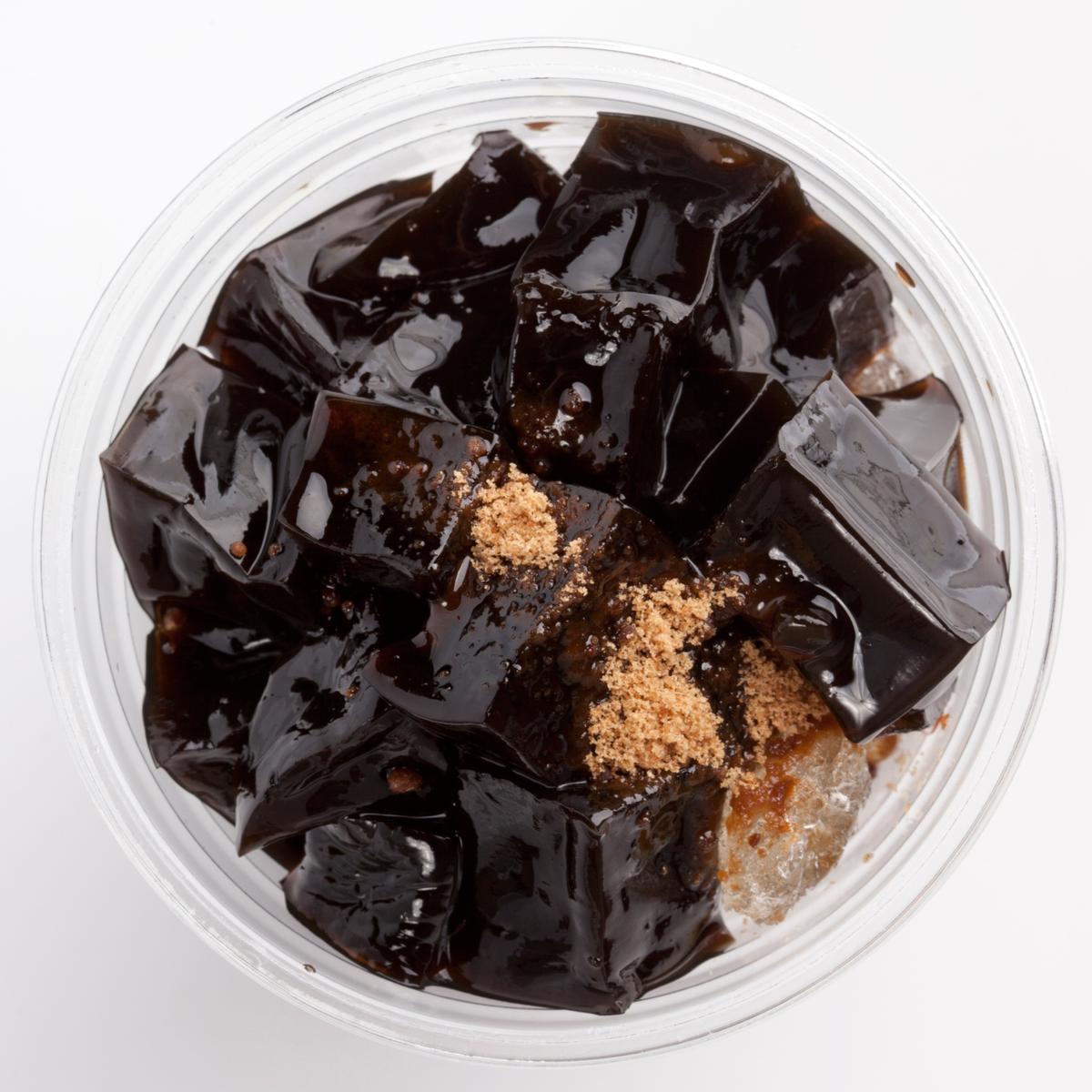
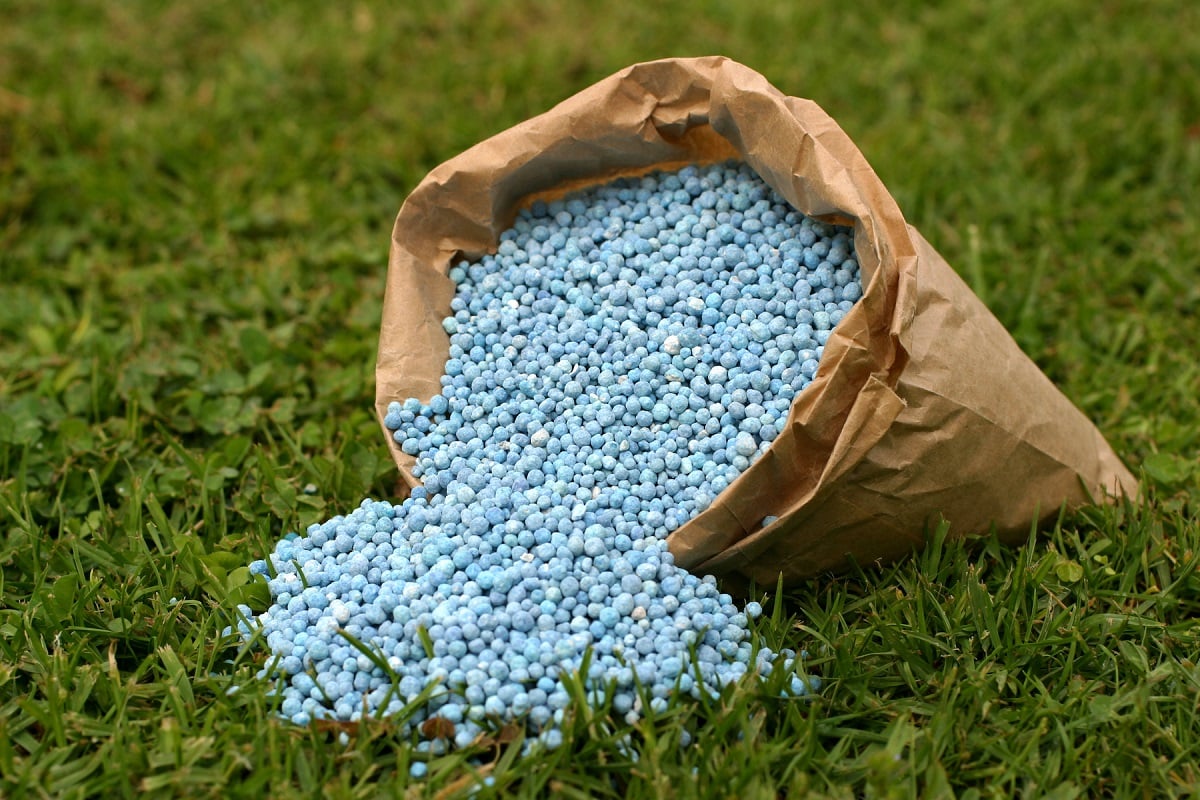
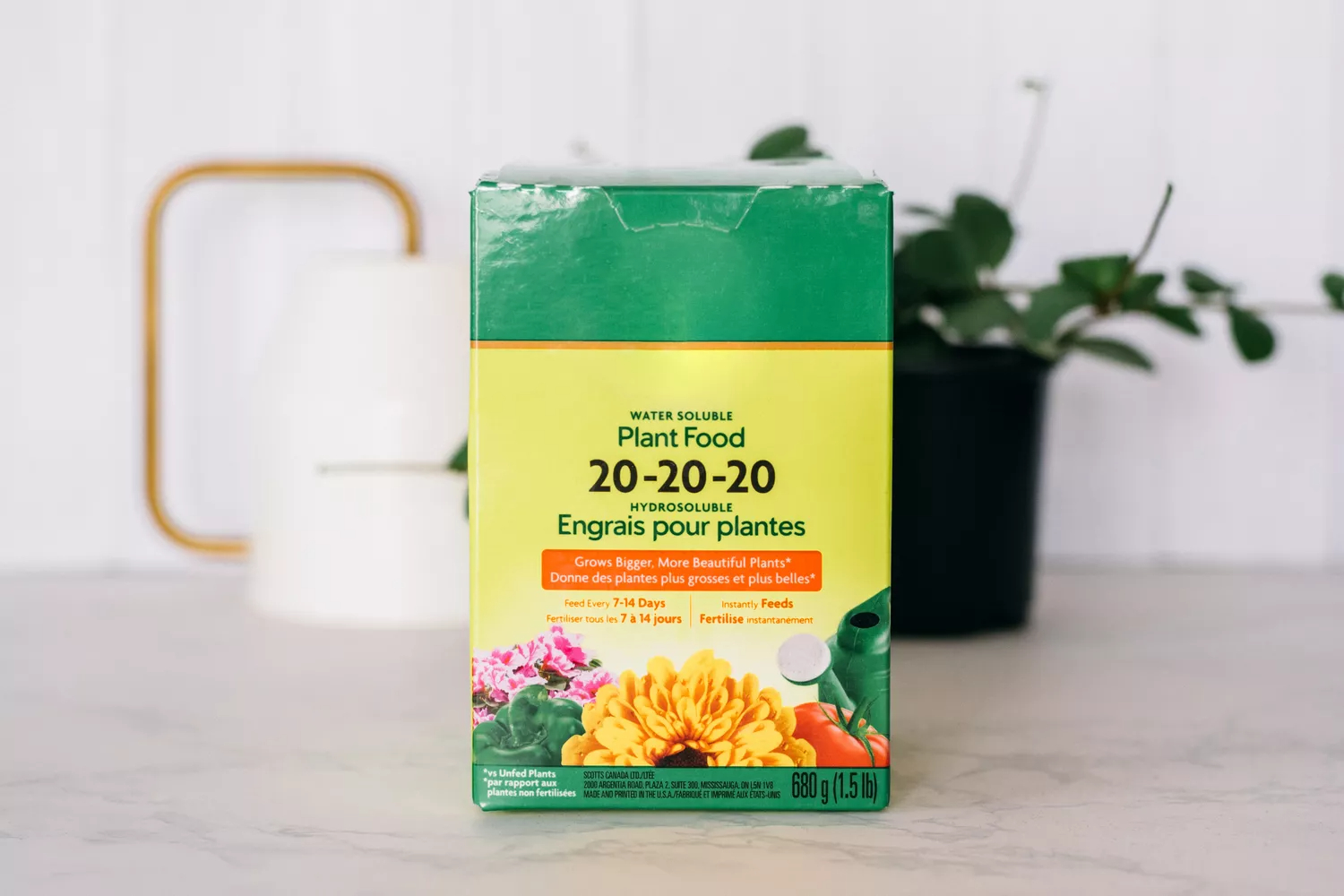
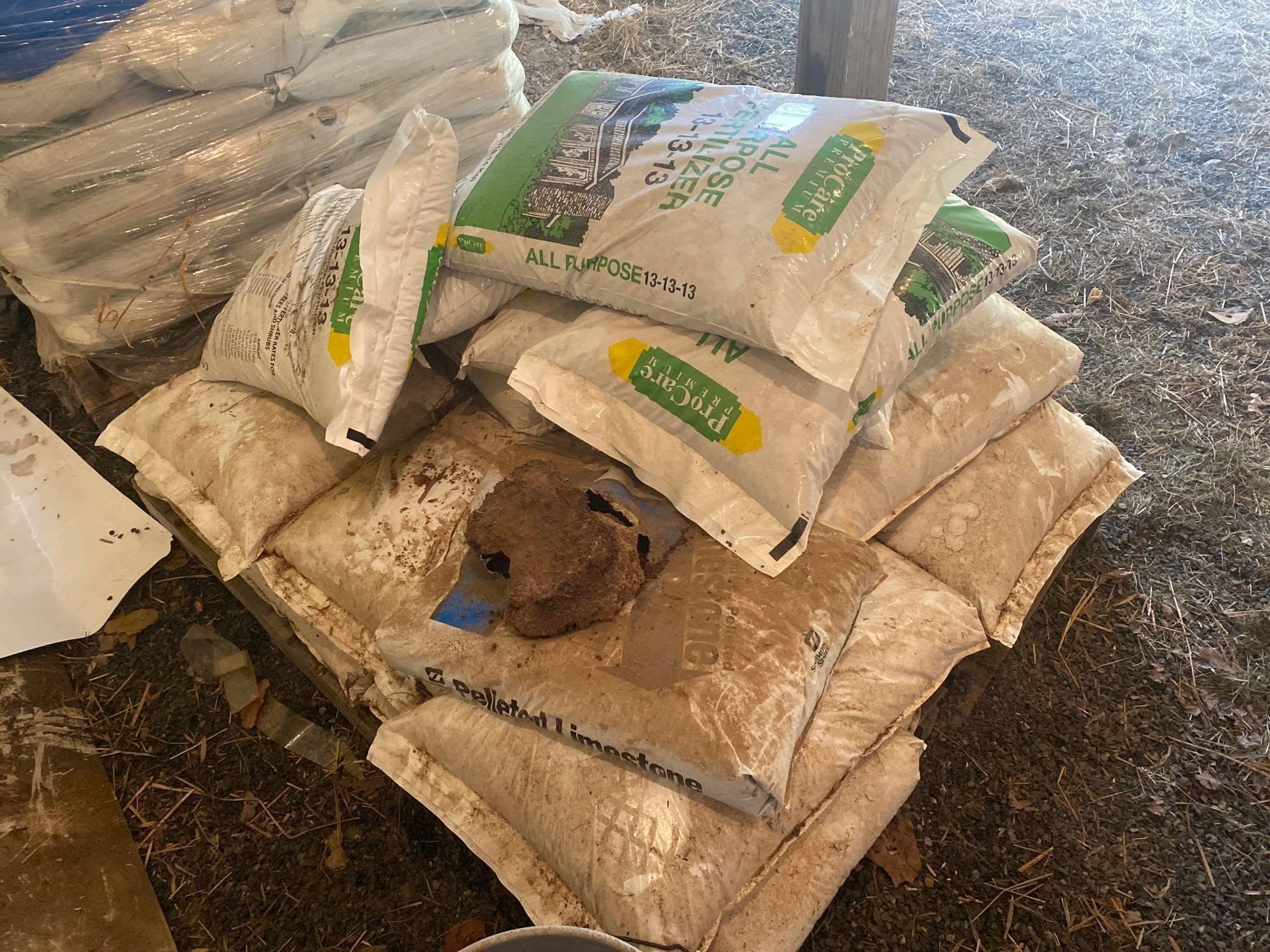

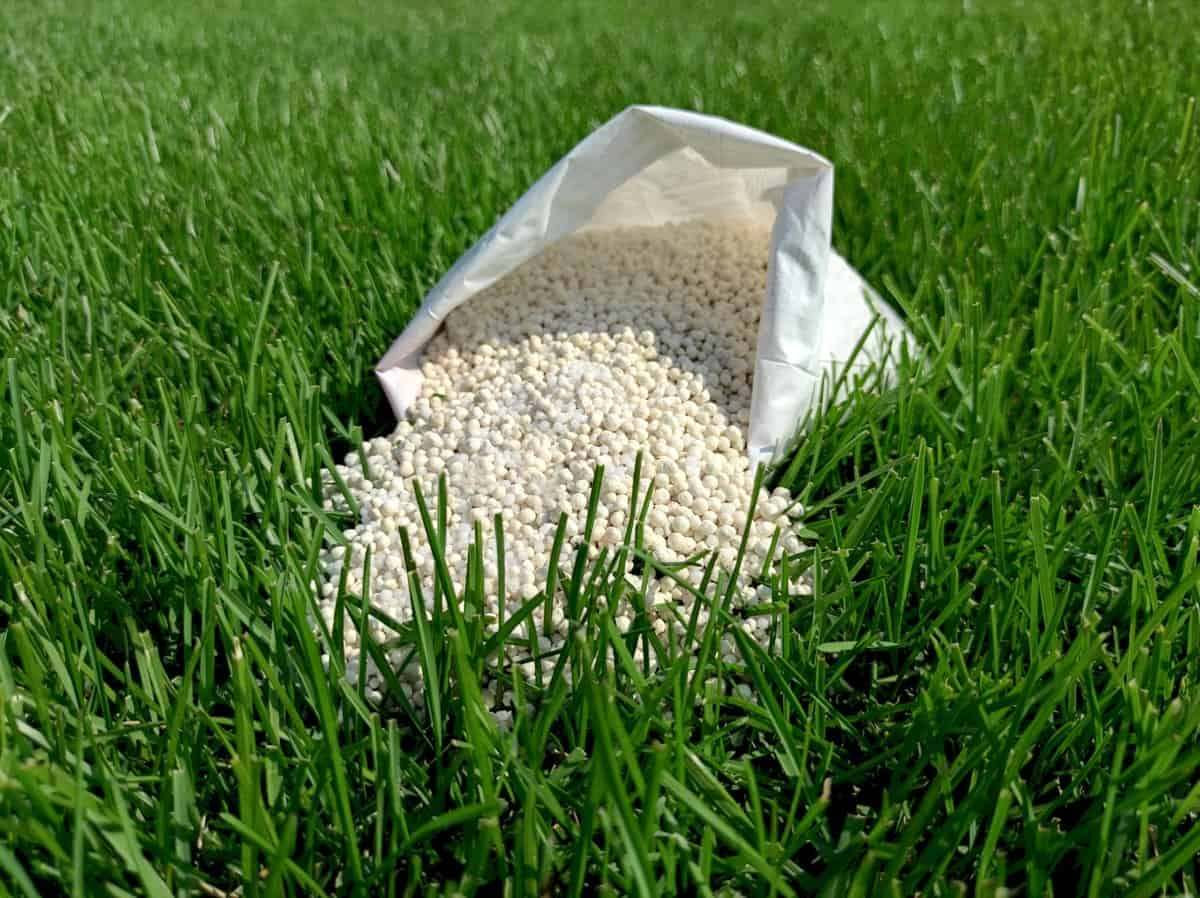




0 thoughts on “What Is A Good Fertilizer For Grass”